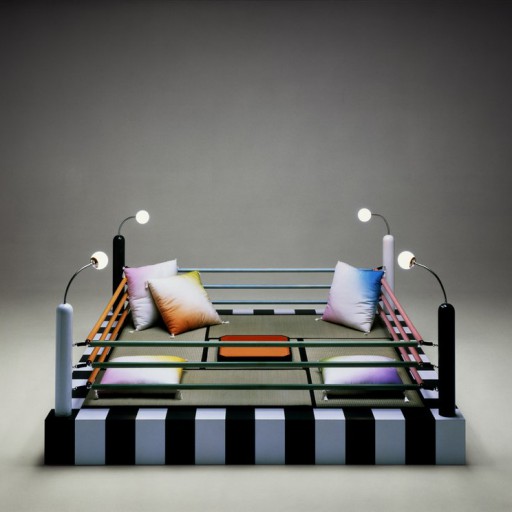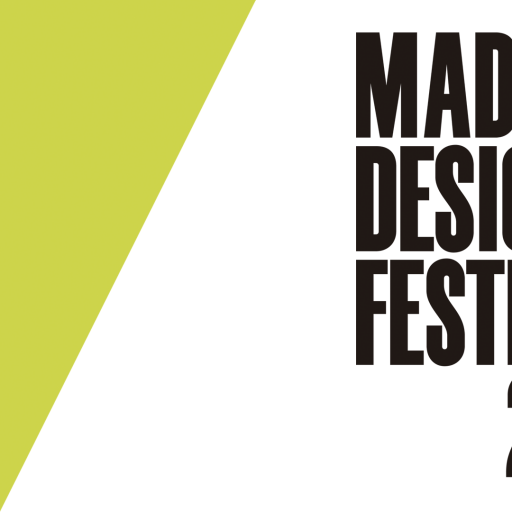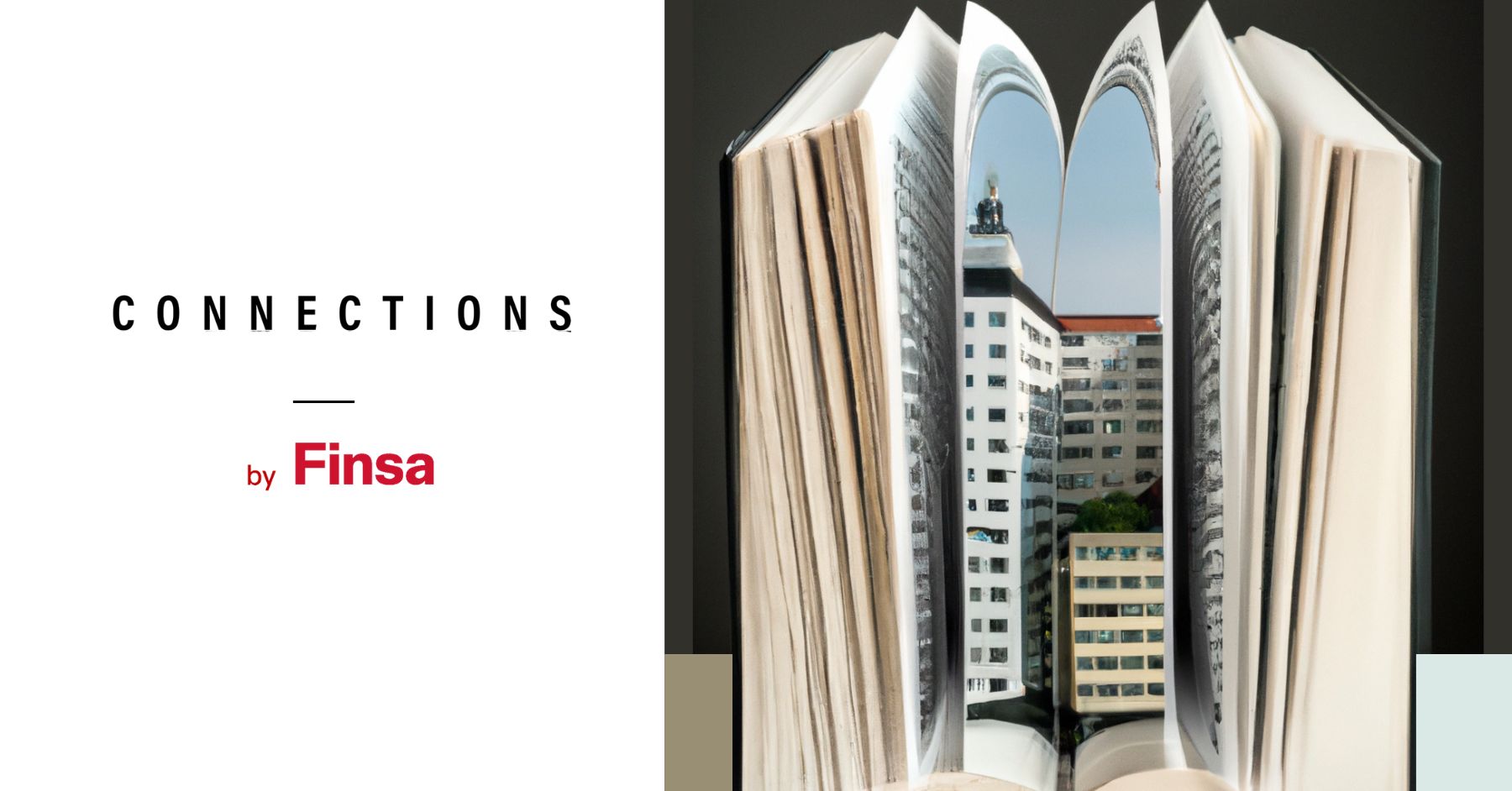Design is not just “the cherry on top”. This is a statement of intent that defines this person, and also the title (El diseño no es una guinda) of one the studies published by him – Manuel Estrada. And it hasn’t been in vain, as he was awarded the Premio Nacional de Diseño 2017 (National Prize for Design) for his commitment to making design a tool for corporate, social, and cultural progress.
Corporate identity, logos, editorial design, and many other creative endeavours have formed the career of one of the most significant graphic designers at an national and international level. Here we connect with the most inspirational part of Manuel Estrada.
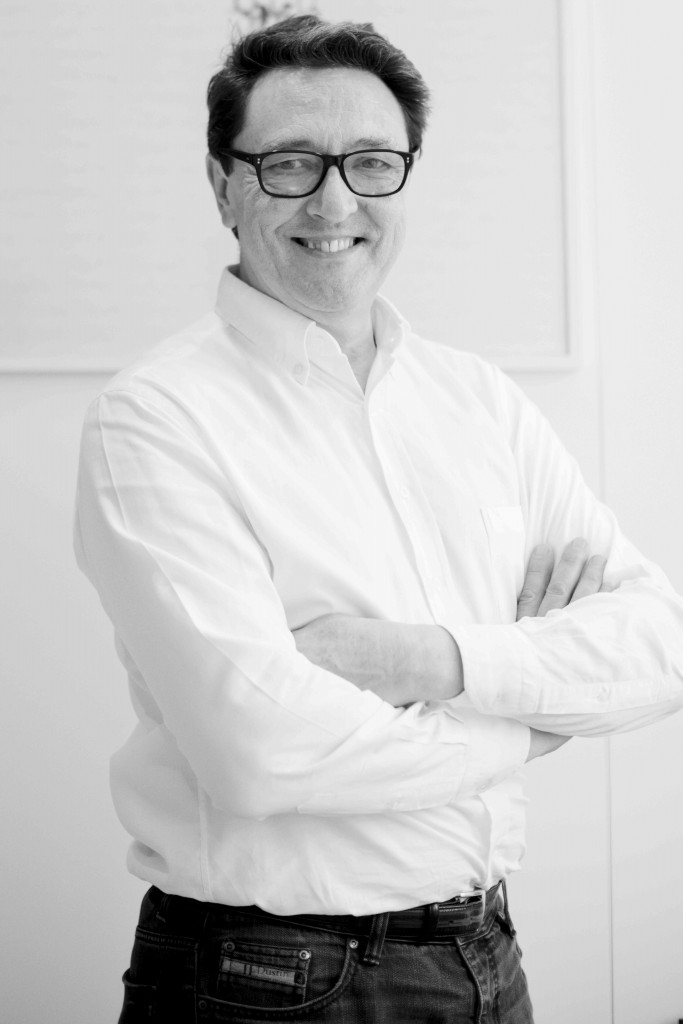 The obvious question: how does winning the National Design Prize affect your personal and professional life?
The obvious question: how does winning the National Design Prize affect your personal and professional life?
The award is mine, but it also belongs to the whole studio. I’ve developed a kind of “autovaccine” with awards, which is as soon as I process it, I think that I have to keep working, because we always have issues that must be resolved quickly: financial and creative aspects that make us part businessmen and part artists.
I am grateful to the panel for the text they wrote when presenting me with the National Prize for Design. It introduced cultural factors to design for businesses as something which provides Spain with a quality image and which has helped some businesses improve their results. In essence, they mentioned what is important to me. However, I try not to believe it too much, because if not Mondays will be worse.
Have we gone beyond the idea of design as mere ornamentation?
In recent times, design has gone from not existing, to not being considered an strategic factor, to being viewed as something that only contributes an aesthetic factor. That’s why I published El diseño no es una guinda, because when you look deeper into a business you realise that they conceive an object to fulfil a certain function, and they don’t see that that functionality is in harmony with its aesthetic: both issues are design. I realise that we still need to implant this vision so that design can become a factor in business, because 50% of the big companies say that they have never used design in that way.
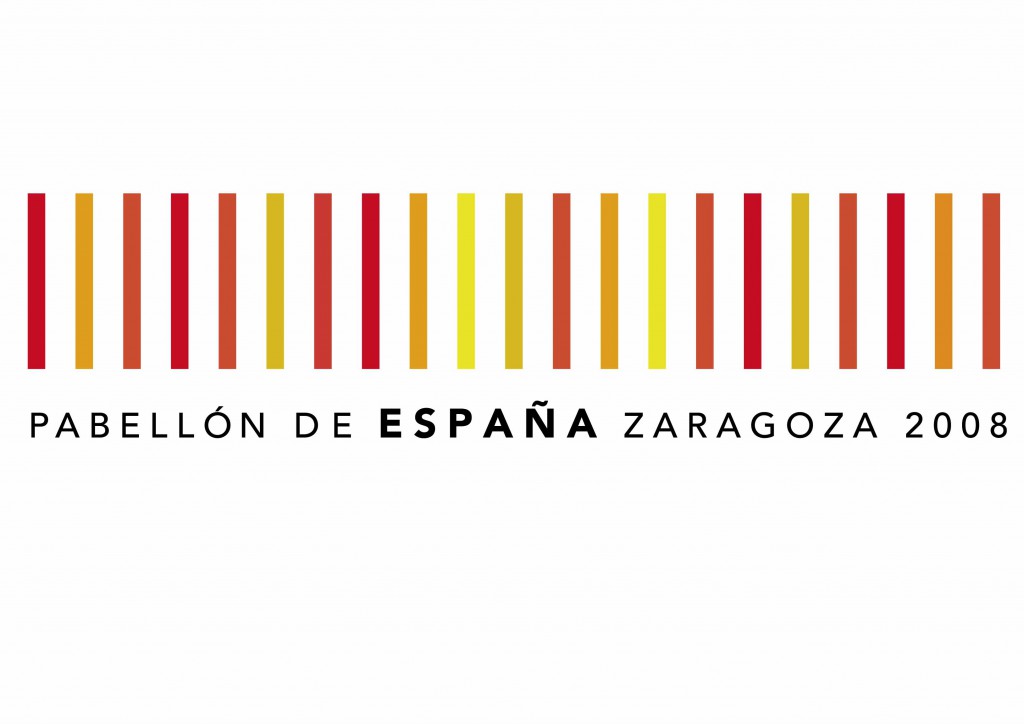 How are design and culture linked in the corporate world?
How are design and culture linked in the corporate world?
Design is a tool which can make our businesses more competitive by differentiating them. We have a youth employment rate of 40% and a rate of structural unemployment that never drops below 20%. It’s not the cure, but it is going to help as a strategic element that boosts the transformation of a company. This is supported in turn when the management team believes in this possibility, and that is how they achieve better results. If the information given to designers is complete and broad, the implementation of the brand is more straightforward.
What is the key to a good design?
The key is in the cultural component, which we can understand as the way in which we organise collective knowledge, knowing how to situate a company in a certain era and how to make its activities get noticed. Trends are not the most important thing, however, cultural conditioning is. When a company launches a product, a brand, a piece of furniture etc., it has to be able to establish itself and connect with the most advanced sensibilities and tastes, in which design plays a big part. Functionality and the idea of fulfilling objectives is not enough – that would be a solution that would forever be inferior.
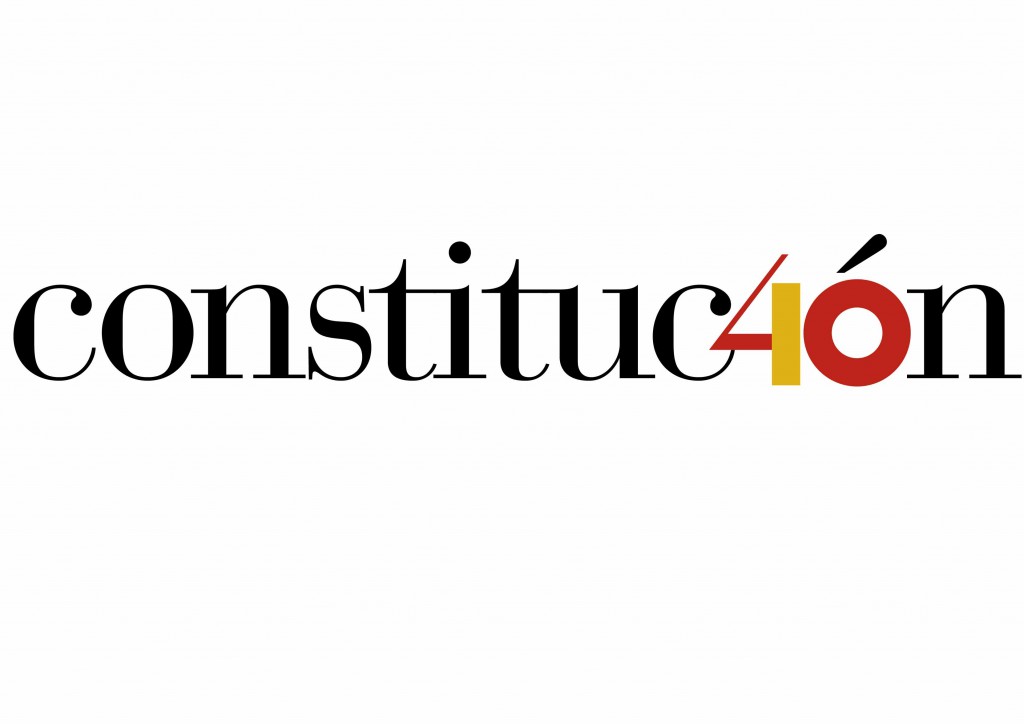 Applying this idea to another field, we already know that architecture gives us shelter with very little intervention on the architect’s behalf – it is enough that the structure and the materials used are sound, but we know that a good work of architecture is recognisable, and that means that it adds something to that functionality.
Applying this idea to another field, we already know that architecture gives us shelter with very little intervention on the architect’s behalf – it is enough that the structure and the materials used are sound, but we know that a good work of architecture is recognisable, and that means that it adds something to that functionality.
The same thing happens with brands, some of which are also recognisable. I like giving IBM as an example, a technology firm which has a logo created at the end of the 1950s and which has held up without any changes. I’d also mention the La Caixa logo, which was proposed by Landor, and includes a piece of a painting by Miró, or Stankowski’s design for Deutsche Bank.
We can conclude that all chairs are made to be sat on, but there are some that are more memorable because they have an extra cultural meaning, that even after ten years they keep fulfilling that function.
What makes a good graphic designer?
Curiosity is a very important component. A good graphic designer must be able to understand many issues at the same time, because understanding a problem becomes essential for knowing how to solve it and learning how to formulate good questions. Sometimes needs are well-explained, but the problems aren’t. For that reason the aforementioned qualities of being able to put yourself in the problem are fundamental, something which you can only do if you accumulate (I would almost say emotionally) the information. In this way, your solutions will be longer, more profound, and cross-sectional.
What projects are you working on? In what direction would you like to take you work in the future?
We have been given a small Romantic museum of an unknown painter, Bea Rey, a lovely project that will come out in October. Also on the museum scene, we are working with other Spanish teams including the architect from Colecciones Reales, among others, to develop an important museum that is going to open soon.
In other areas, I continue to do book projects for Alianza as part of a literature collection. We also work with a brand for Nedgia and outside of Spain in another brand project in New York.
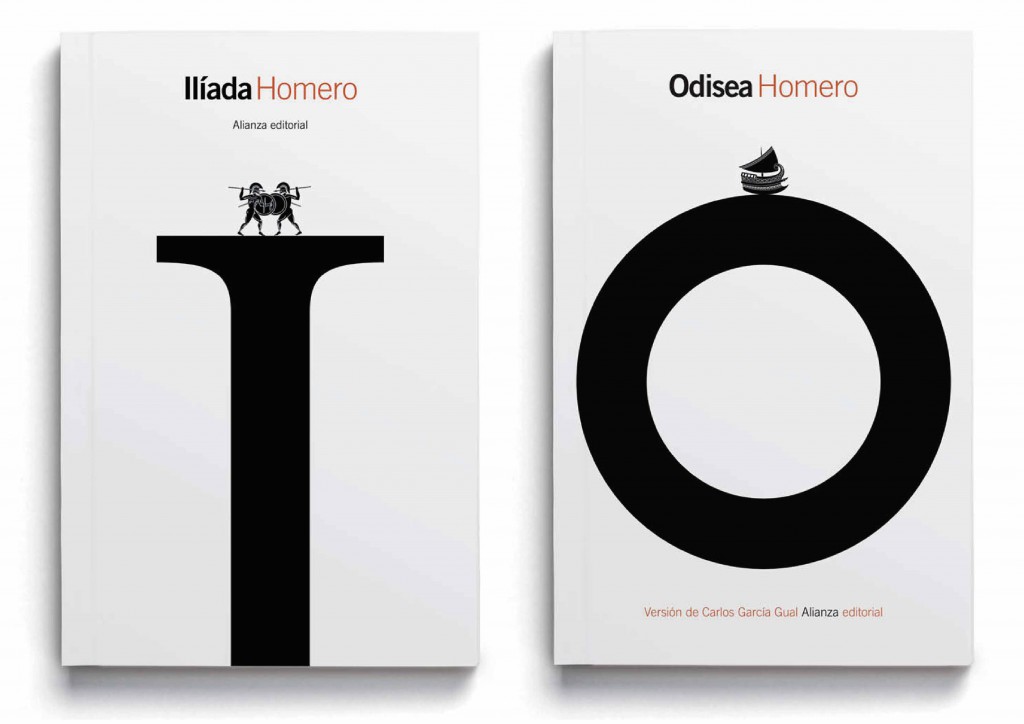 What would be your dream project?
What would be your dream project?
The design won’t exactly change the world, but I can say that we have helped Madrid achieve a brand at the level that the city deserves, given that the it hasn’t taken care of itself the way it should. I’m also interested in environmental issues, which we have worked on in the last few years.
Outside of Spain, we have a little company in the United States and I would like to develop projects overseas because it allows you to reach a more global perspective. The fact that the projects are different allows you to see what is common in the nature of problems, as well as its diversity. That allows me to learn three times more than when everything comes from the same place.
Process or final result: which part of your job do you most enjoy and why?
I enjoy designing. I have anxious moments because machines have introduced the deceptive factor of speed: everybody thinks that projects can be handed in in less time, when the complicated part is always thinking about it and understanding it, and thus, outlining it.
The first ideas are the most fun. There are phases in moments of creation that are like seeing oneself reflected. As John Berger said, drawing is a way of investigating what we think, allowing the hand to flow so that it responds in an automatic way to a question that we ask ourselves.
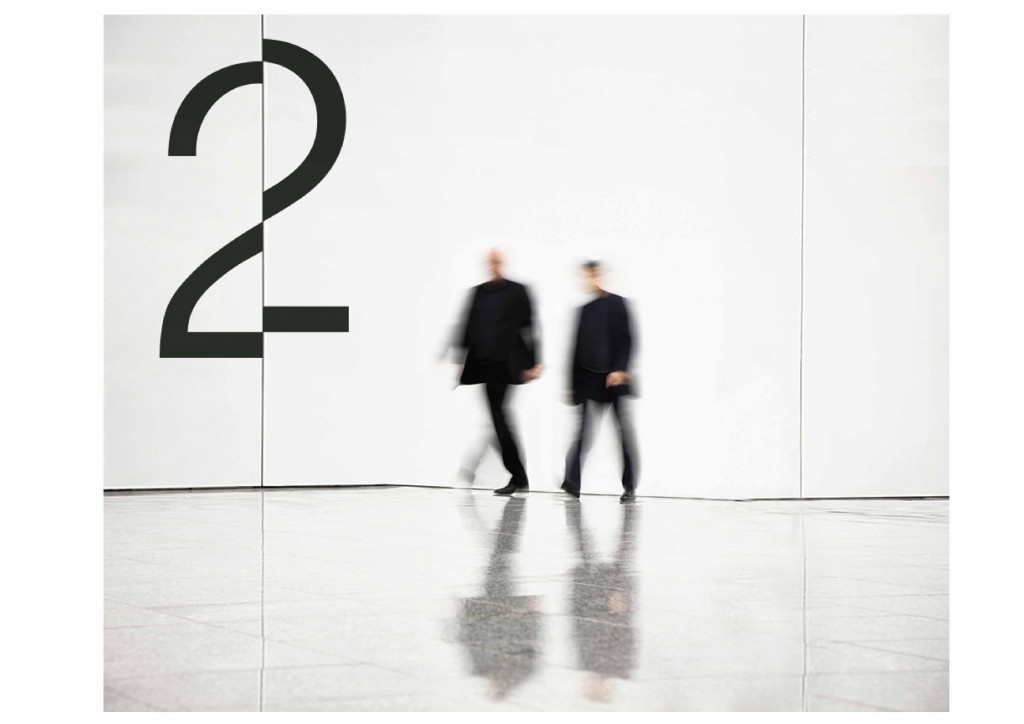 What inspires you every day? Do you have a ritual, or do you consult a certain publication that is like a bible for you?
What inspires you every day? Do you have a ritual, or do you consult a certain publication that is like a bible for you?
I don’t have rituals because inspiration comes to me in the most unexpected places. I believe light helps me, especially on a plane. Music too – I have discovered that the concertos 1, 3, 4, and 5 for violin by Mozart and their vibrations participate in my creative process. Something curious – a French friend recommended a book to me that relates music with creativity in which they specifically pointed out Baroque music and the concertos 3 and 5 for violin by Mozart.
How do you connect with what interests you? Do you consider yourself more digital or analogue?
I am more analogue, although my mobile is an ally when it comes to finding information. In my work environment, we always work with a computer, together with a mobile and tablet. Even so, to think and to design, especially at the beginning of the creative process, I use exercise books, pencils…drawing with raw materials. I have tried doing it on a tablet, but I insist on drawing as a tool for research to check what my head thinks about something. Drafts are expressive and they allow you to understand the relationship with the final product.
How do you disconnect to recharge your batteries to be able to continue the creative process?
I disconnect very little because my work is not any strain on me. Sometimes I wake up thinking about design, even before I have gotten out of bed. I even visit museums and exhibitions when I’m on holiday.
In daily life, I try to watch a lot of films to end the day, and hiking in nature on the weekends – some four or five hours – which allows me to recharge. It is very good for the mind, not just the body.
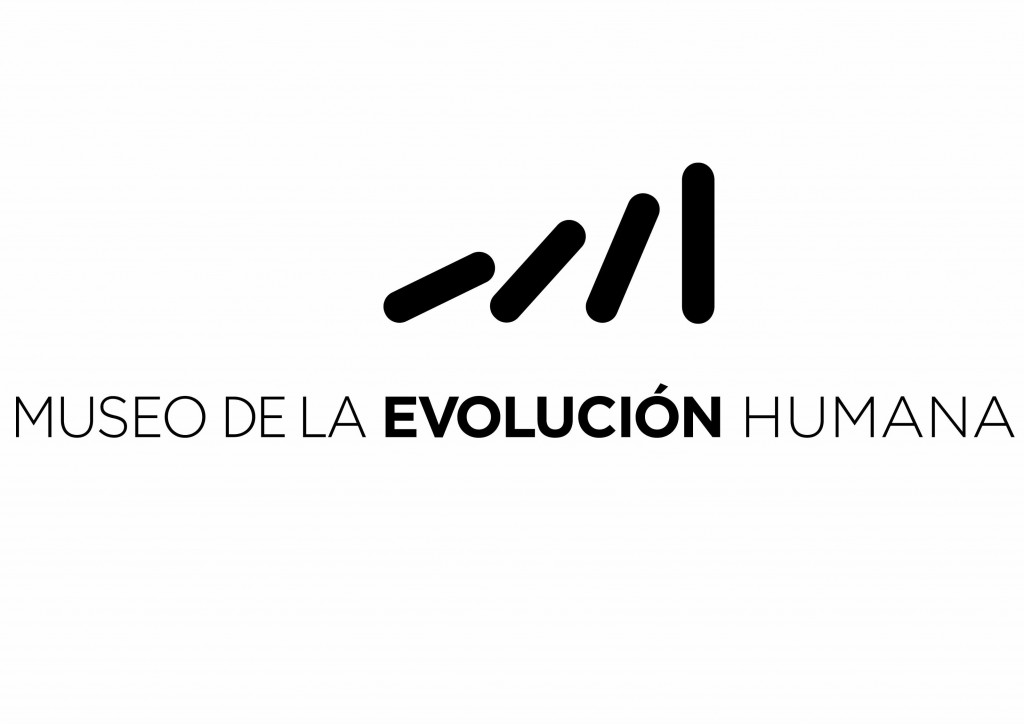 If you hadn’t become a graphic designer, what would you be?
If you hadn’t become a graphic designer, what would you be?
I saw architecture as excessively rigid for somebody who wanted to be free. However, over time I realised that complete freedom didn’t exist, and I again found myself in this discipline. In this respect, after my awakening, I recommend How much does your building weigh, Mr Foster?, an example of how to confront the challenges of the creative process.
At a fork in the road of my life, I would have liked to have dedicated myself to writing and drawing stories for children. It’s something I do for those close to me, and in fact I’m a judge for competitions. But I believe it to be a profession that requires a quiet life, and I need the momentum of the city.
Which design professional would you like to connect with?
I certainly don’t stop myself from connecting with somebody I admire or whose work I follow. Recently I was lucky enough to meet Milton Graser, a designer known internationally whose work will be on display at the second edition of Madrid Gráfica.


